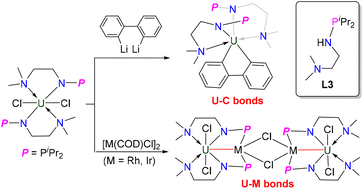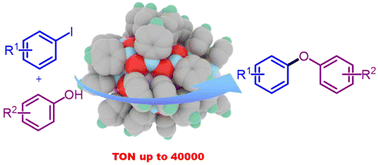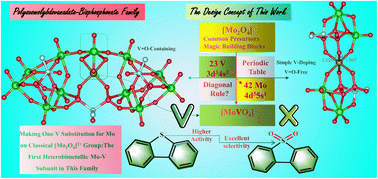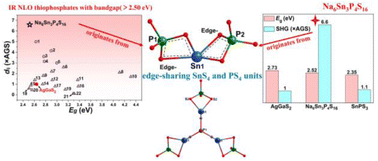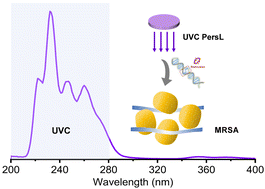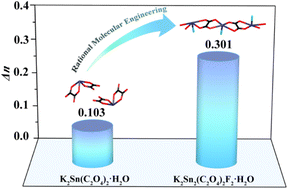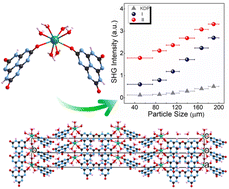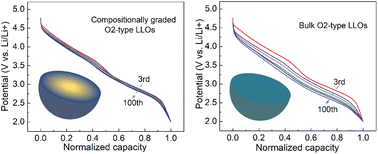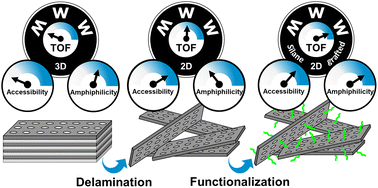Inorg. Chem. Front., 2023, 10,5622-5633
DOI: 10.1039/D3QI01447A, Research Article
DOI: 10.1039/D3QI01447A, Research Article
Kai Li, Jialu He, Yue Zhao, Congqing Zhu
A monoanionic N–P ligand L3 with a pendant dimethylamino group was designed. Species with multiple U–C bonds—a rare example of a metallafluorene containing an actinide element—and clusters with multiple U–M bonds were isolated.
The content of this RSS Feed (c) The Royal Society of Chemistry
A monoanionic N–P ligand L3 with a pendant dimethylamino group was designed. Species with multiple U–C bonds—a rare example of a metallafluorene containing an actinide element—and clusters with multiple U–M bonds were isolated.
The content of this RSS Feed (c) The Royal Society of Chemistry

